

|


|
|
1/10 Scale Electric Touring Car:
Kyosho Mercedes CLK-GTR - PureTen EP Spider MkII - 30812
|
Released by Kyosho in 1999, Mercedes CLK-GTR - # 30812 - based on the 2WD EP Spider Mk.II touring car chassis, came partly assembled, with an unpainted lexan polycarbonate Bodyshell, 540 Motor, Wheels and Tires. A Radio System, Speed Controller, Battery and Charger to be purchased separately.
Based on the 4WD EP Spider chassis, the belt driven 2WD version, has a double deck alloy plate chassis, with a gear type differential, SS Racing coil spring over oil filled dampers, dogbone drive-shafts and bushings.
Check out our Kyosho Archive for other Vintage Touring Car models.
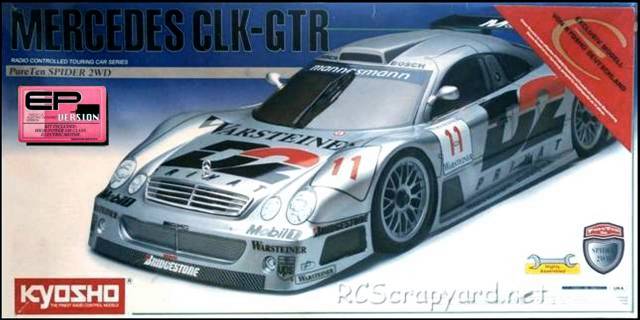
To race the Kyosho EP Spider MkII, it requires a high level of tuning for improved stability when cornering, to keep it on the track and give you more grip under acceleration. Even the smallest change in your cars settings can make a Big difference. Our simple to follow instruction chart will show how to attain the best Set-up for your personal requirements.








|
|
|

★ Kyosho EP Spider Mk2 - AMG Mercedes ★
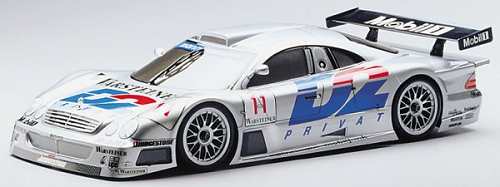
★ Kyosho PureTen EP Spider Mk2 Chassis ★
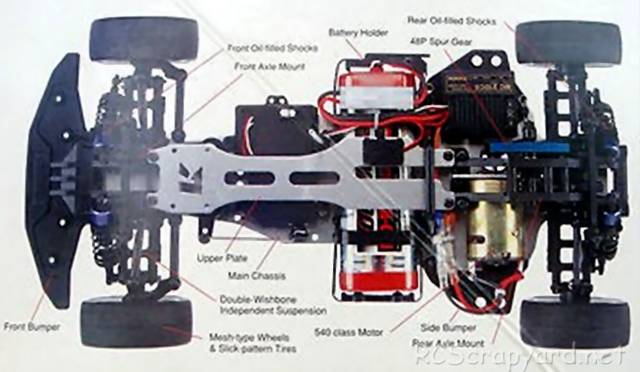
★ Kyosho PureTen EP Spider Mk2 Chassis ★
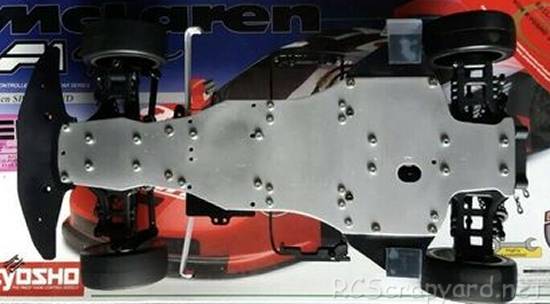
★ Kyosho PureTen EP Spider Mk2 Chassis ★
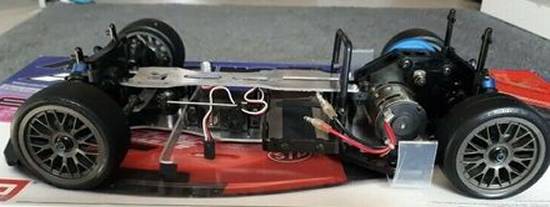
★ Kyosho PureTen EP Spider Mk2 Chassis ★
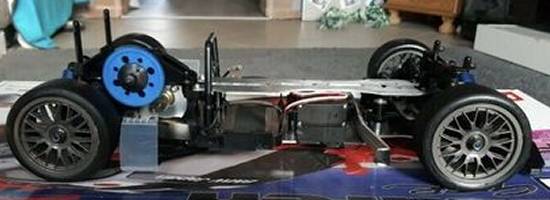
★ Kyosho PureTen EP Spider Mk2 Chassis ★
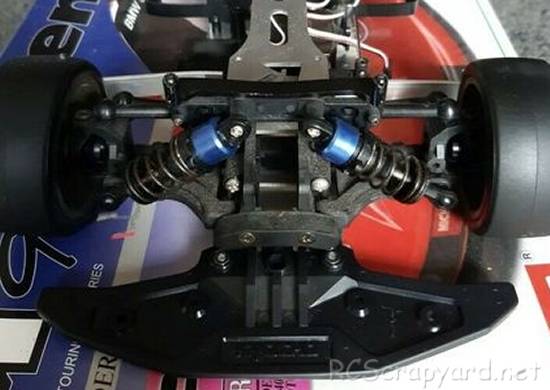
★ Kyosho PureTen EP Spider Mk2 Chassis ★
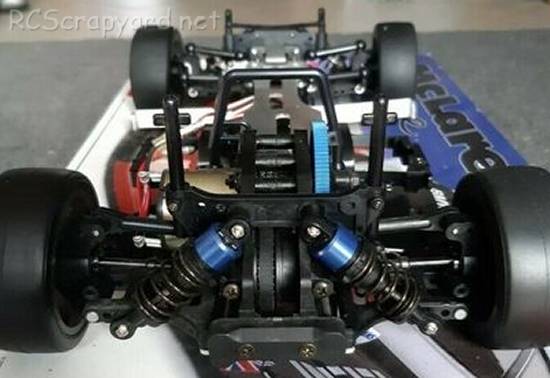
★ Kyosho PureTen EP Spider Mk2 Chassis ★
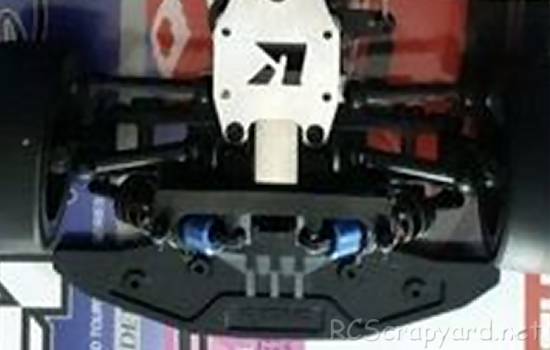
★ Kyosho PureTen EP Spider Mk2 Chassis ★
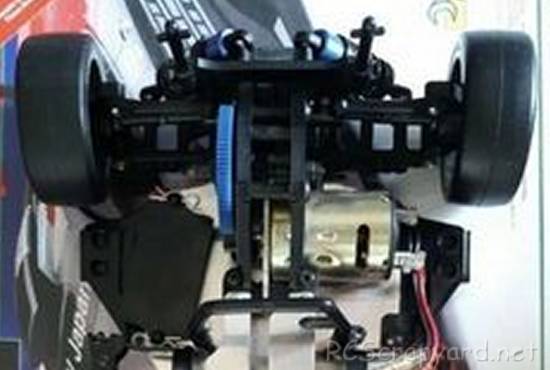
|
Buying a Used Kyosho EP Spider MkII
|
|
Manufacturers and Brands Catalogued, Listed and Reviewed by RC-Scrapyard.
At present, the RC Model Manufacturers, Brands and Distributors covered by us are: ABC Hobby, Academy, Acme Racing, Agama Racing, Amewi, Ansmann Racing, ARRMA, Team Associated, Atomic RC, Axial, AYK, Bolink, BSD Racing, Capricorn, Carisma, Carson, Caster Racing, Cen, Corally, Custom Works, Durango, Duratrax, ECX - Electrix, Exceed RC, FG Modellsport, FS-Racing, FTX, Fujimi, Gmade, GS-Racing, Harm, HBX, Helion, Heng Long, Himoto Racing, Hirobo, Hitari, Hobao, Hong-Nor, Hot Bodies, HPI, HSP, Intech, Integy, Jamara, JQ Products, Kawada, Kyosho, Losi, LRP, Maisto, Mardave, Marui, Maverick, MCD Racing, Megatech, Mugen, New Bright, Nichimo, Nikko, Nkok, Ofna, Pro-Pulse, Protech, PTI, RC4WD, Redcat Racing, RJ-Speed, Robitronic, Schumacher, Seben, Serpent, Smartech, Sportwerks, Step-Up, Tamiya, Team-C Racing, Team Magic, Thunder Tiger, Tomy, Top Racing, Traxxas, Trinity, Tyco, Vaterra RC, Venom, VRX Racing, WLToys, X-Factory, Xmods, Xpress, Xray, XTM, Yankee RC, Yokomo, ZD Racing and Zipzaps. |
|
Hints, Tips and Information
On Road Tires for Tarmac
Modern day RC Model Rubber Tires for tarmac racing, generally come in wide or narrow format and in three compounds - Soft, Medium and Hard, each compound corresponding to different track temperatures. |
|
Hints, Tips and Information
Wheel Caster Explained
Caster is basically the angle the steering kingpins or steering pivot points, leans back in relation to the horizontal when viewed from the side of the chassis. |
|
RC Models:
|
Radio & Motors: |
Other
Accessories: |